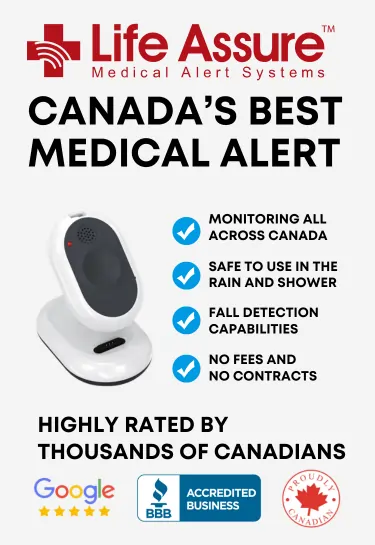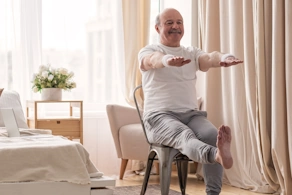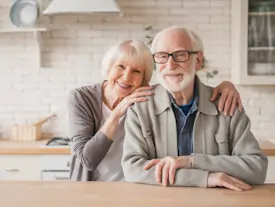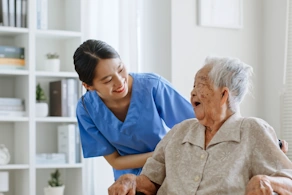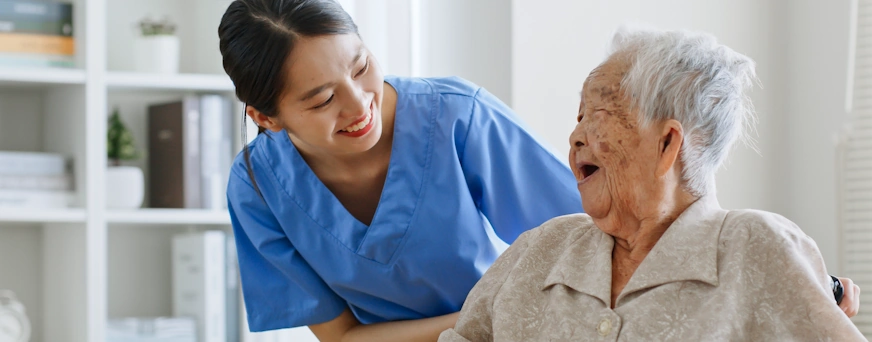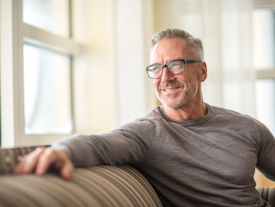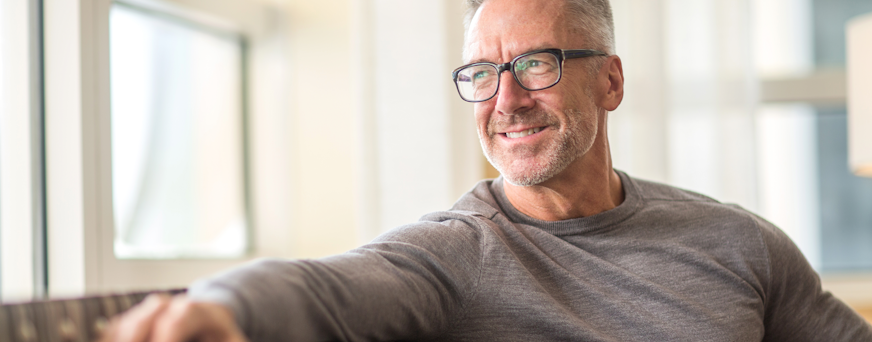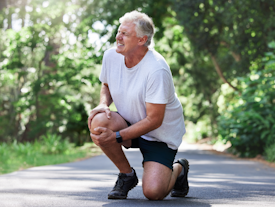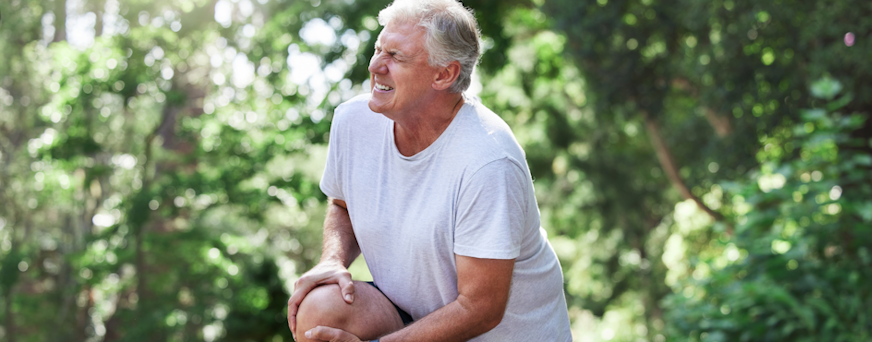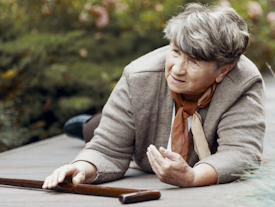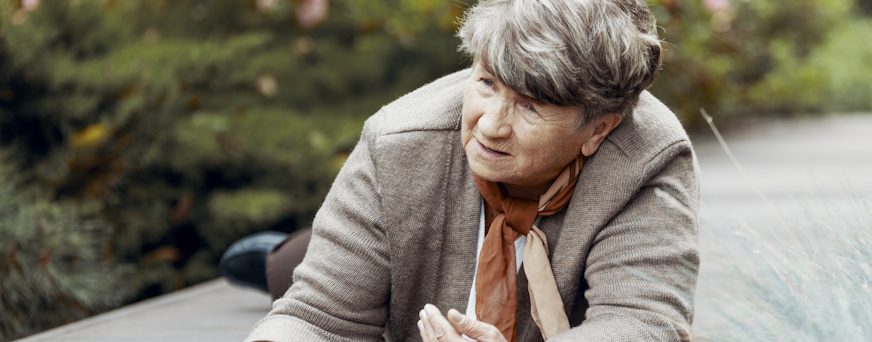How To Safety A Home For Seniors: Essential Modifications And Tips
Our Key Takeaway
A safe home for seniors integrates essential upgrades like grab bars, non-slip flooring, improved lighting, lever-style handles, and smart safety devices to significantly reduce fall risks.
These modifications promote independence, confidence, and peace of mind—helping older adults live securely and comfortably in their own homes.
Mortality is inevitable. However, that doesn’t restrict us from living our life to the fullest. At all times and moments in life, however, we need to be very careful of the safety and security of our loved ones.
It is especially an essential factor for our seniors or elderly citizens whose age and physical condition may bring about a challenge in their daily lives. Even a minute mistake can affect their safety and become a major accident.
So, where to begin with is to consider senior safety and what modifications and tips one can make to enhance safety and security in a senior’s life. Read to know how to safety a home for seniors!
Life Assure Product Quiz
Take our 30 second quiz and discover which Life Assure medical alert device is the right fit for you or a loved ones.
Life Assure Product Quiz
Take our 30 second quiz and discover which Life Assure medical alert device is the right fit for you or a loved ones.
Why Your Home is The First Place to Consider for Senior Safety?

Your home is the place where you spend your maximum time. This is especially true for seniors. If you have an elderly one at home, you must know that mobility issues and other physical ailments make it necessary for them to spend their maximum time within the walls of their homes.
Therefore, it can be said without doubt that to begin with, senior safety, the very first place you should consider is your home. Also, the home has segregations like staircases, kitchens, and bathrooms, which must be carefully modified to ensure senior safety.
For instance, scattered toys in your living room may seem like a thing of very little importance but can cause a senior to have a serious injury if they trip and fall over these objects.
Consider Transportation Mode
To make your house a safe haven for your senior parents or other elderly family members, here are some essential modifications that you can do. Both minute and large, try doing these changes and stay in peace.
Declutter Your House’s Walkways
The very first thing that you should make sure of is that all your hallways and rooms are free from obstacles. It can be anything from loose rugs or cords or even furniture. They could very well cause trips and falls and having them arranged can prevent such mishaps.
Install Grab Bars
You must have seen how some seniors develop joint issues with age and often have difficult walking. Sometimes conditions like Parkinson’s can make it even more challenging as they may fave shaky movements.
To help ensure safety during those times, you can place grab bars near toilets and showers. They will provide support and prevent falls.
Improve Lighting
The other important thing to do is to make sure that every nook and corner within your house is well-lit. Many seniors have difficulty seeing, and improper light conditions can make them fall, often leading to serious injury.
So focus on having a proper and efficient lighting system that will help seniors see whatever lies in front or beside them.
Non-Slip Mats
Bathrooms and kitchens can quickly become hazardous when wet. So, that means they will be increasing the risk of slips and falls for seniors. In such cases, try to install non-slip mats in these areas. It is quite a simple yet effective way to enhance safety.
These mats provide extra traction, reducing the likelihood of accidents. Additionally, ensure that mats are securely placed and regularly checked for wear and tear to maintain their effectiveness.
Stair Safety
Stairs can pose a significant risk for seniors. This is especially true for those with mobility issues. You can install handrails on both sides of the staircase. They will offer the much-needed support. Marking steps clearly with contrasting colors can also help distinguish each step.
For those who find stairs particularly challenging, consider installing a stairlift. It will provide safe and easy access to different floors. However, make sure you regularly maintain and check if these modifications are still working efficiently.
Accessible Storage
Climbing or bending to retrieve items can be risky for seniors. To prevent potential falls or strains, ensure that frequently used items are stored within easy reach. They should be ideally between their waist and shoulder height.
Also, as a general tip, avoid placing heavy or awkward items on high shelves. Try to organize these shelves thoughtfully. This way you can totally reduce the need for seniors to stretch, reach, or use step stools. As a result, you will also be reducing the risk of accidents.
Fire Safety
Fire safety is crucial for all households and not just for seniors. First and foremost, install smoke detectors in key areas.
For instance, have them placed in your kitchen, bedrooms, and hallways. Secondly, be sure that these remain in fully functional conditional. Thirdly, place them within easy reach of seniors and also teach them how to use them in case of an emergency.
Invest in a Medical Alert System

This may not look like a very common practice, but investing in one can be your safest bet for ensuring senior safety in homes. This is especially true if a senior is living alone in their home.
It will alert the authorities in case of an emergency and also provide two-way communication channels to keep the senior informed.
Secure Furniture
Heavy furniture like bookshelves, dressers, or cabinets can pose a tipping hazard. It may especially happen if seniors attempt to use them for support. So what you can do is you may secure these pieces to the walls.
To do that, use appropriate brackets or anchors. This simple modification can prevent serious injuries caused by furniture tipping over. Additionally, ensure that frequently used items are within reach. It will lessen the need to pull or lean on furniture.
Emergency Contacts
In an emergency, quick access to help is quite important. So, as a safety measure, a list of emergency contacts should be placed. These may include the names and contact numbers of family, neighbors, and healthcare providers.
Place them in a visible and accessible spot. For instance, you may put the name list on the refrigerator or have it written on a diary and place it near the phone.
Conclusion
Creating a safe home for seniors requires careful attention to potential hazards and thoughtful modifications.
By decluttering spaces, installing safety features like grab bars and non-slip mats, and ensuring accessible storage and emergency preparedness, you can significantly reduce risks and find your answer to the question of how to safety a home for seniors.



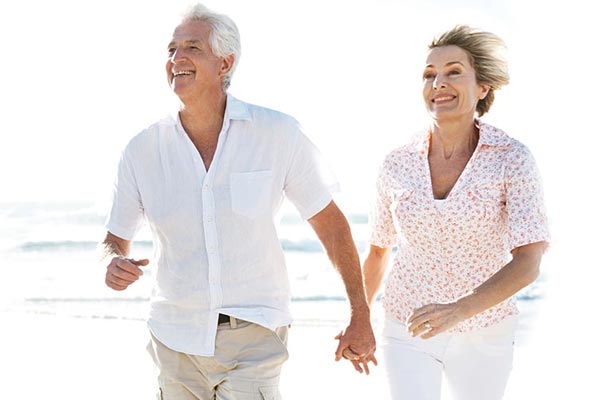
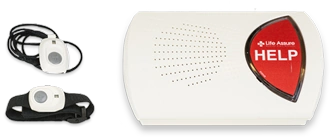
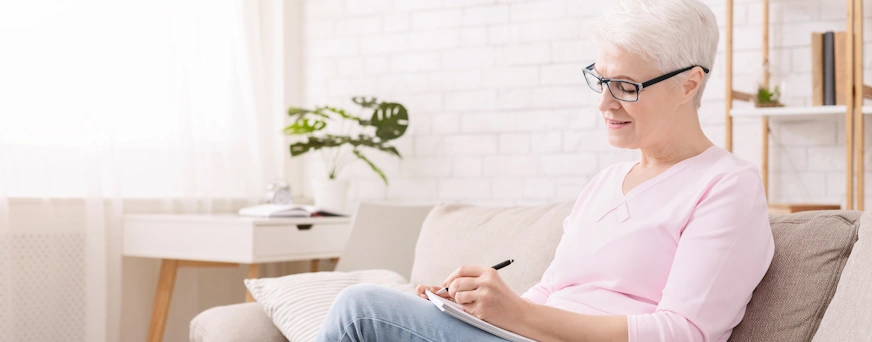

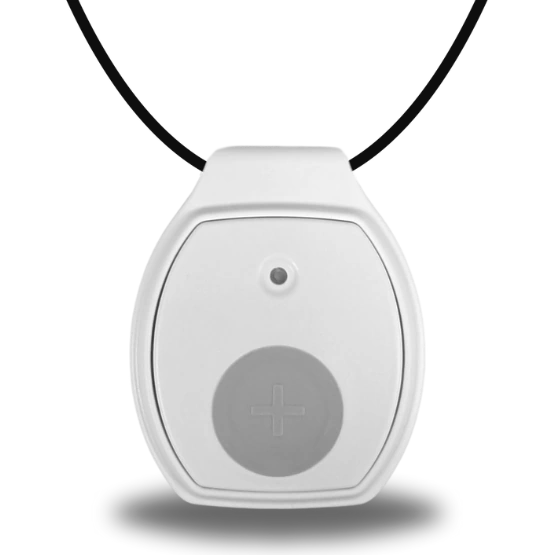
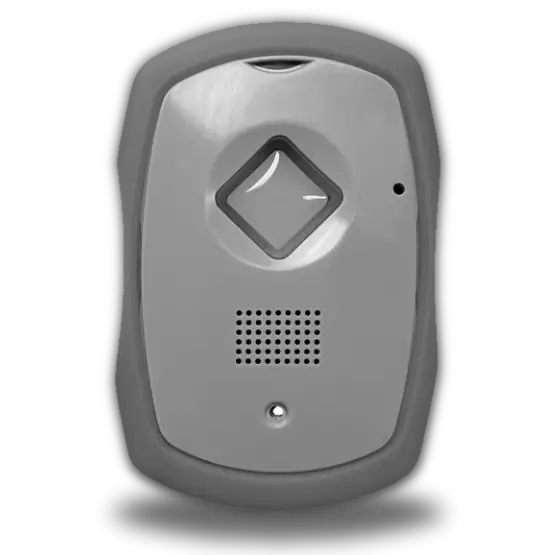

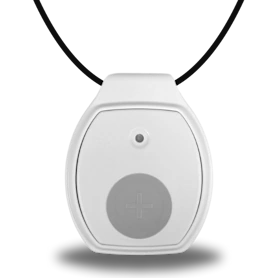
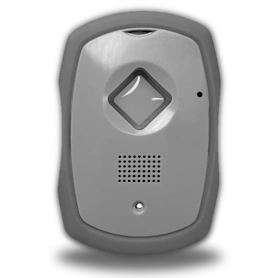
 Get Help With The Push Of
A Button
Get Help With The Push Of
A Button
